Acrylics vs oils: get to know the differences
This comparison of acrylics vs oils details how each paint works and how each might suit your artwork.
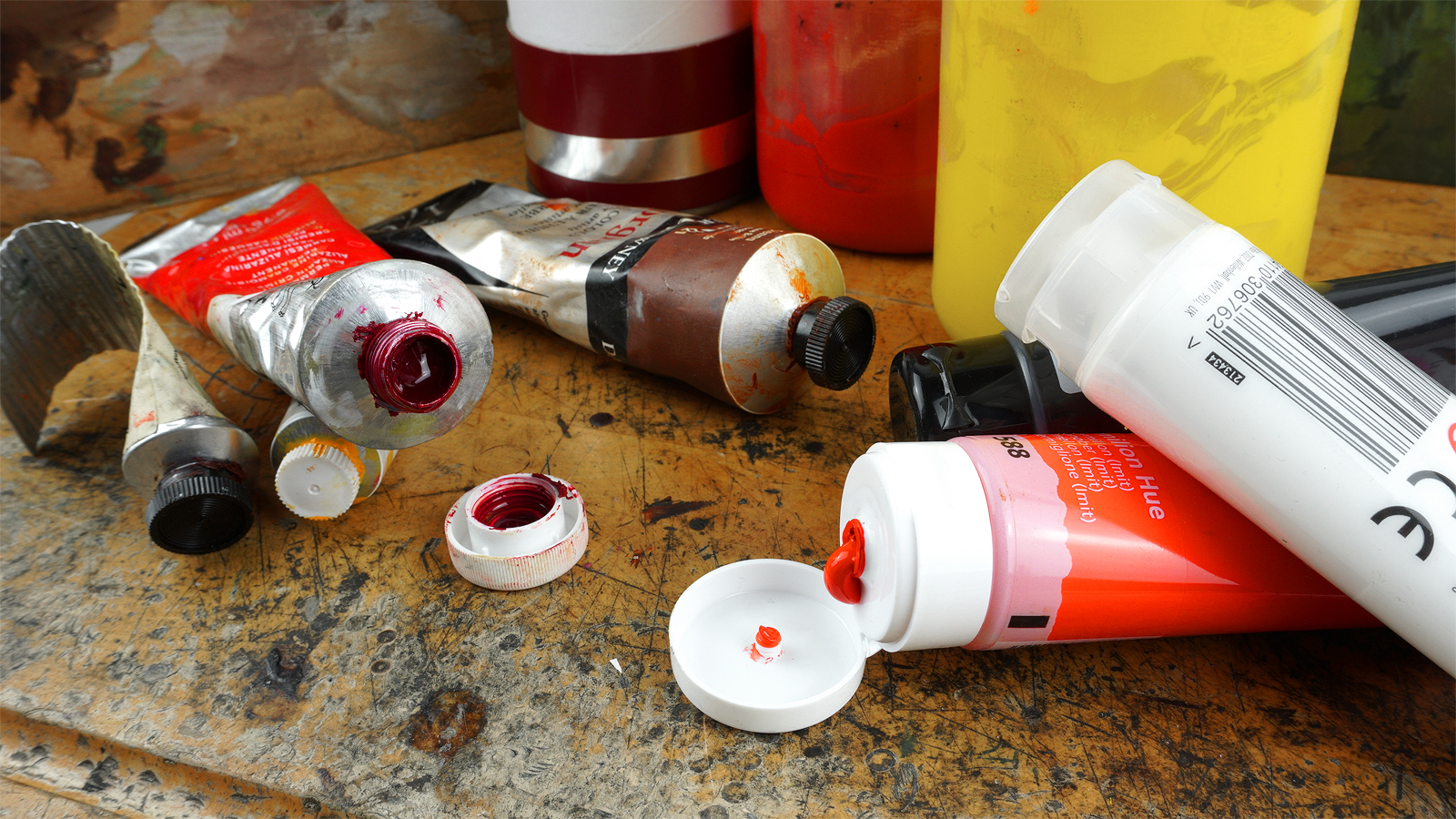
Oil paint and acrylics are two popular painting mediums for artists, but which one should you use for your work? Each has its own properties that give it specific advantages and disadvantages, suiting it to some painting approaches more than others.
Both types of paint come in artists' and professional ranges, which mark intermediate and high-end quality, as opposed to cheaper student quality. It is important to pick good quality paint, such as those in our guide to the best oil paints. It is also a good idea to work at an easel in both oils and acrylics – check out our best easel lowdown if you need to get one – as it gives the arm lots of room for expressive brushstrokes and helps prevent the hand from smearing the painting. And you'll also want a quality canvas so check out our favourites in the best canvas for oil paints guide.
In this post, we're going to compare the key differences of acrylics vs oils and explore different aspects of using each paint.
What are acrylics and oils?
Acrylics and oils each have unique characteristics that suit different painting approaches.
Oil paint has existed in some form for hundreds of years. It consists of ground up pigments to give it colour, an oil to carry the pigment, and stabilisers. Some paints may have extra additives, like driers, or fillers to reduce costs. Because these paints are oil-based, they are not water-soluble, and require solvents or oils to thin them out and clean them.
Acrylic paints are relatively new, being widely available since the 1960s. They usually consist of pigment, an acrylic polymer, and water, which acts as a carrier. The acrylic polymer is emulsified in the water, and as the water evaporates, it dries and hardens.
As they are newer, acrylics are less well-tested than oils, though both types of paint are hard wearing and cover similar colour selections.
Acrylics vs oils: convenience and ease of use
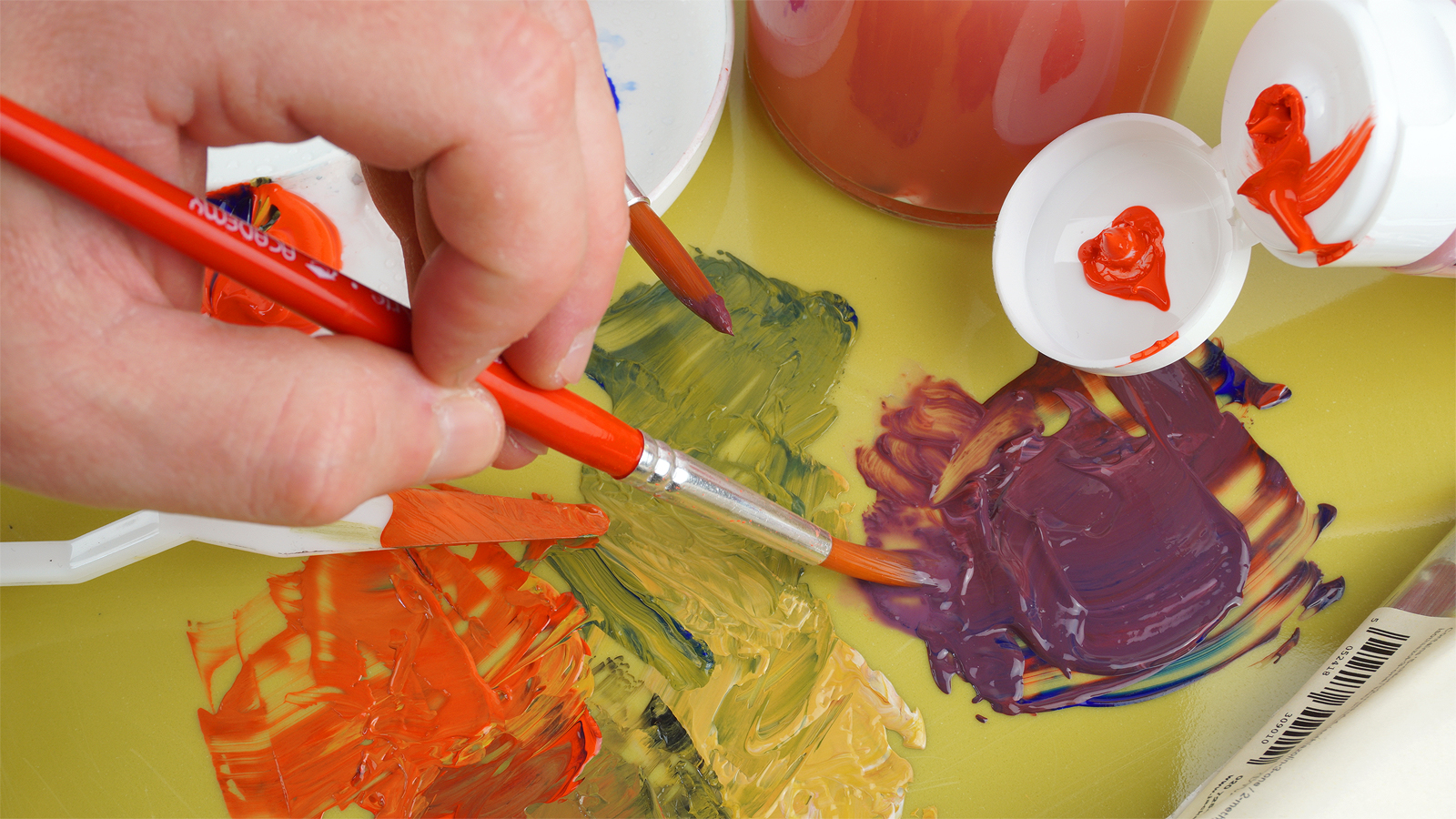
When it comes to convenience, acrylics are water-soluble, and are easier to set up and clean up compared to oils – as long as they don't dry out on anything! The additional equipment needed to get started is straightforward, as water with plastic pots and surfaces is fine. Oils require solvents to thin the paint and need metal and wooden equipment that won't be damaged by them.
The initial learning curve for acrylics is a bit easier than oils, since it is possible to get started by thinning them with water. When starting out with oils, learning how to use thinners and mediums takes a little more time. It is also important to understand the basics about how oil paint dries.
The fast drying times of acrylics can make them more difficult to manipulate. It is easy to push around or remove oil paint thanks to its slower drying time, which makes it a bit more forgiving.
Acrylics vs oils: cost
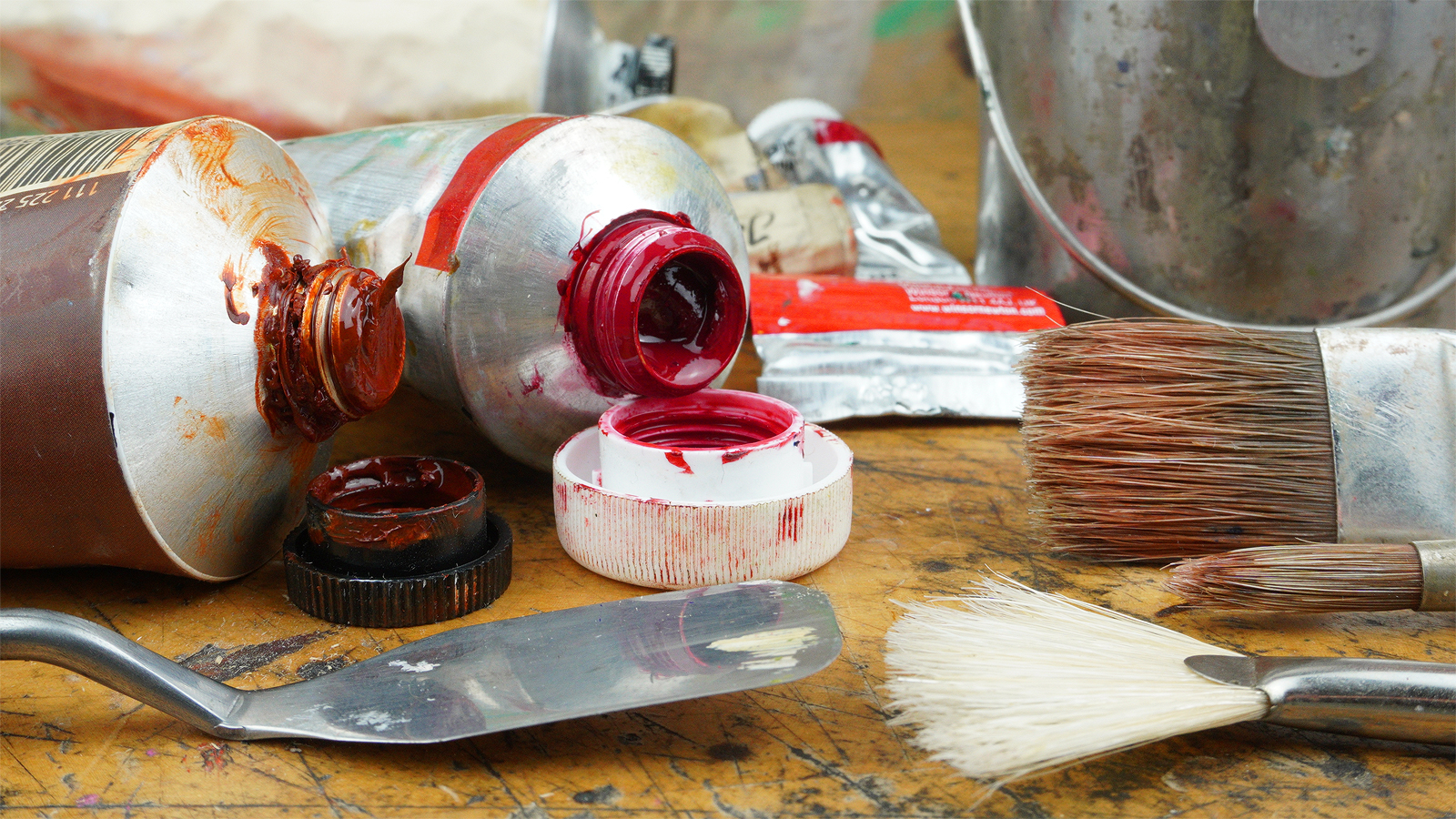
The initial outlay of acrylics is less expensive than that of oils because they require less specific equipment and canvases – acrylic paint adheres well to a wide range of surfaces and will not damage anything strong enough to support wet media. Oil paints require more specific kit, such as items found in this guide (link for oil paint kit) which makes the cost of starting out much higher.
It is easy to find inexpensive acrylic paints, but the quality of these is often so poor, they are too difficult to use, whilst student quality oils should be fine for beginners. Quality acrylic paint doesn't differ much in price to similar quality oils, with prices starting at around $7-8/£6-7 per tube and increasing depending on pigment costs. A few tubes of higher quality paint, such as Liquitex Professional Soft Body Acrylic Paint, or Golden's Heavy Body rang will be easier to work with than cheap sets, and will have better colour.
In the long term, oil paint tends to go further than acrylics and do less damage to equipment like brushes (here's how to clean paintbrushes if you need a refresher), making it more affordable over time.
Acrylics vs oils: safety

Safety is a significant factor when working with paint. Acrylics tend to be safer than oils because they are water-soluble, and don't require any solvents. However, both types of paint have colours in their ranges that contain toxic pigments, such as cadmium or cobalt, that shouldn't be ingested.
One significant downside of using oil paints is that a petroleum solvent is required to thin paint and clean equipment. Nearly all solvents produce fumes – even the low odour ones – and therefore require ventilation, and proper containers.
Acrylics vs oils: clean up
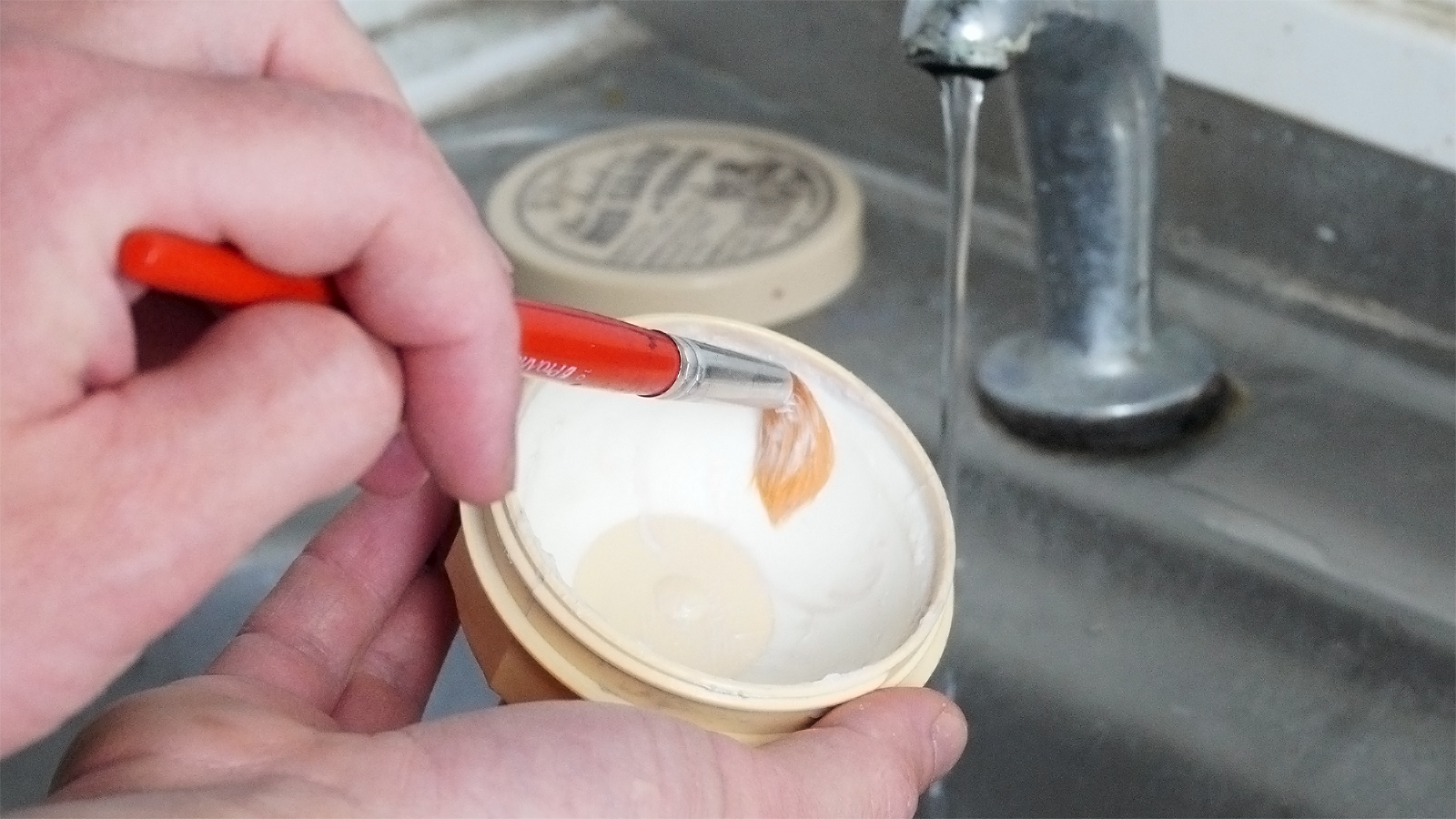
Cleaning up is essential for keeping equipment in good condition. Typically acrylics are easier to clean up, as the paint easily washes out of brushes with water. Palettes can be wiped off and rinsed if the paint is still wet. However, once acrylic paint dries, cleaning it is a whole different story. It can be difficult to remove from surfaces, and may require scraping off. When acrylic paint dries inside the bristles of a brush, it makes the brush stiff and ruins its shape. This is almost impossible to clean and destroys the brush.
The downside of oils is that they use solvent for cleaning. The brushes tend to need washing out with soap after this which is a bit more work. However, it is much easier to wash out dried on oil paint from a brush, especially with a good quality soap such as Masters Brush Preserver. This means that the equipment used with oils tends to last longer. Want more kit? See our best oil paint supplies and best art supplies roundups.
Acrylics vs oils: drying Times
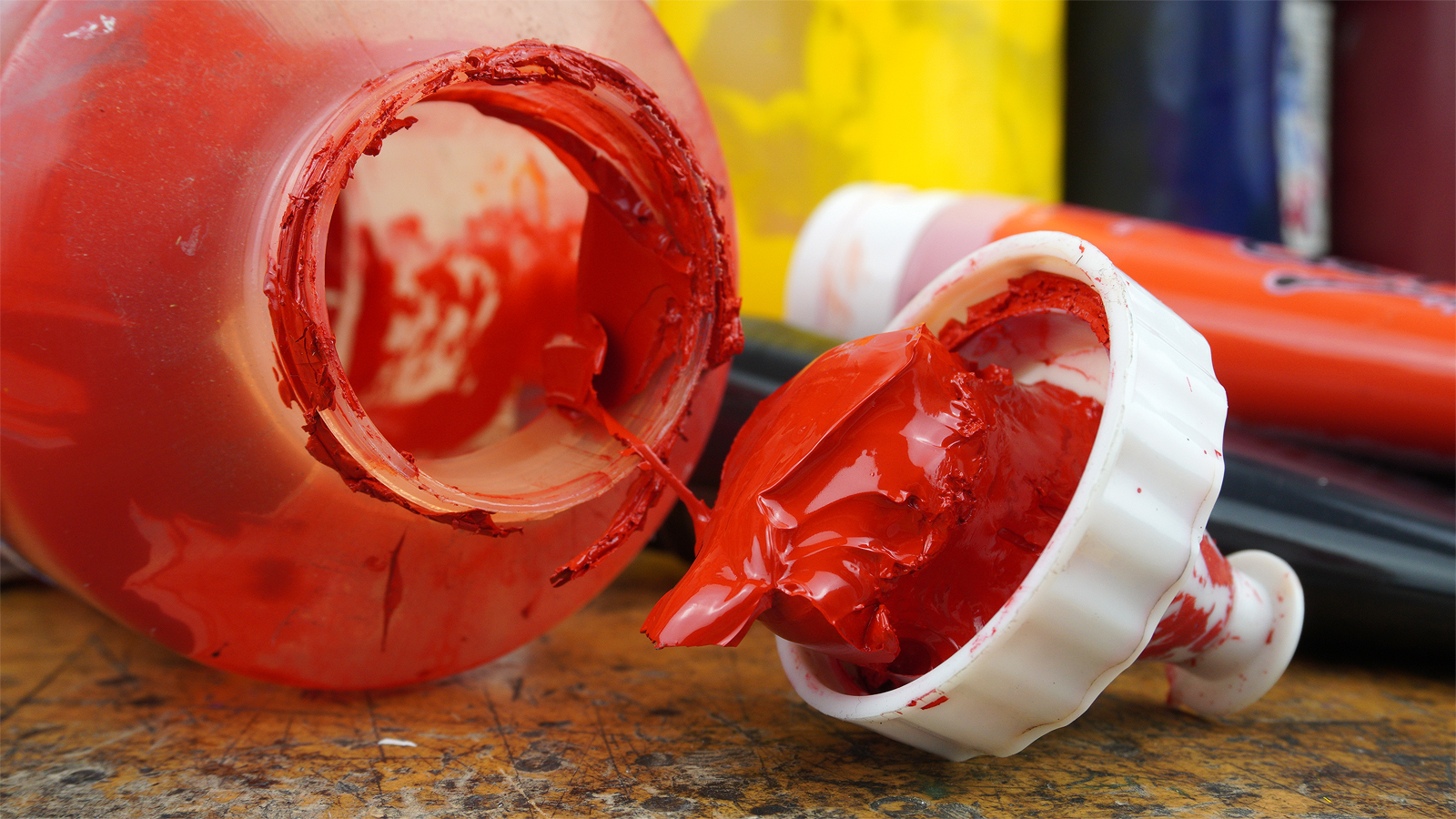
One of the most well-known differences between acrylics and oils is how long each takes to dry. Acrylics are often dry to the touch within minutes, whereas oils take days to weeks, and need months to years to truly dry out. This is because oils don't evaporate like water, but gradually polymerise into a solid.
Whether this is good or bad is more a personal preference. Acrylics might suit an approach that utilises the fast drying times to add lots of layers, whereas oils might work better for approaches that incorporate blending or more spontaneous brushwork.
Drying times are not set in stone either. Various agents can be added to acrylic paint to extend drying times, and 'open' acrylic paints like Golden's Open range (https://www.cassart.co.uk/golden-category/golden-open-acrylic/golden-open-acrylic-paint.htm / https://www.dickblick.com/products/golden-open-acrylics/) offer slower drying times. The drying time of oil paint can be accelerated with mediums, such as Winsor and Newton's Liquin (https://www.cassart.co.uk/painting/oil-colour/product-type-medium/winsor-newton-liquin-original-medium.htm / https://www.dickblick.com/items/winsor-newton-liquin-original-75-ml-bottle/ ) or Schminke's premixed mediums (https://www.cassart.co.uk/painting/oil-colour/product-type-medium/schmincke-hilfsmittel-mussini-medium3-60ml.htm https://www.dickblick.com/items/schmincke-mussini-oil-medium-medium-3-200-ml-bottle/ ). This should be done with care, as overuse of oil mediums may negatively affect the surface and longevity of a painting.
One downside of acrylic paint's fast drying time is that tubes may dry out, especially if not well cared for. In comparison, properly sealed oils take decades to dry out.
Acrylics vs oils: versatility
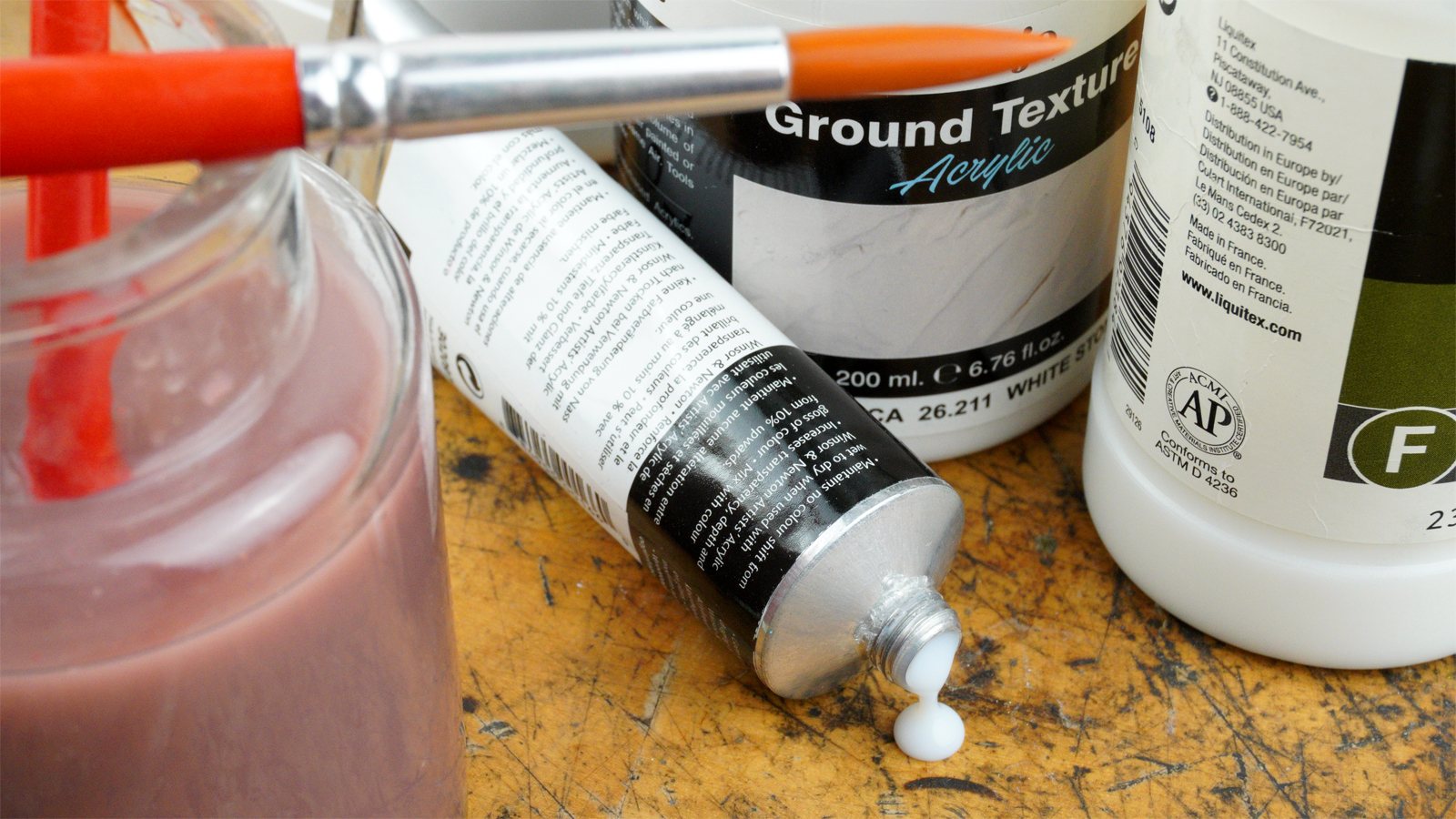
The biggest strength of acrylic paint is its versatility. There is a wide range of different mediums available for acrylics that have different effects, such has making the paint glossier, giving it texture, making it runny or thick, or changing the drying time. These can be used to customise how the paint behaves. This set by Liquitex (https://www.cassart.co.uk/brand/liquitex/liquitex-basics-acrylic-mediums-75ml-set-of-5.htm / https://www.dickblick.com/products/liquitex-basics-acrylic-mediums/) contains several different mediums for manipulating acrylic paint.
Acrylic paint itself comes in several different types. These can be used alone or in combination. Besides conventional acrylics, known as soft body paint, there are heavy body paints that are as thick as oils, much thinner fluid paints, and acrylic inks. This variety means acrylics can suit many different working processes.
Acrylics vs oils: surface and colour
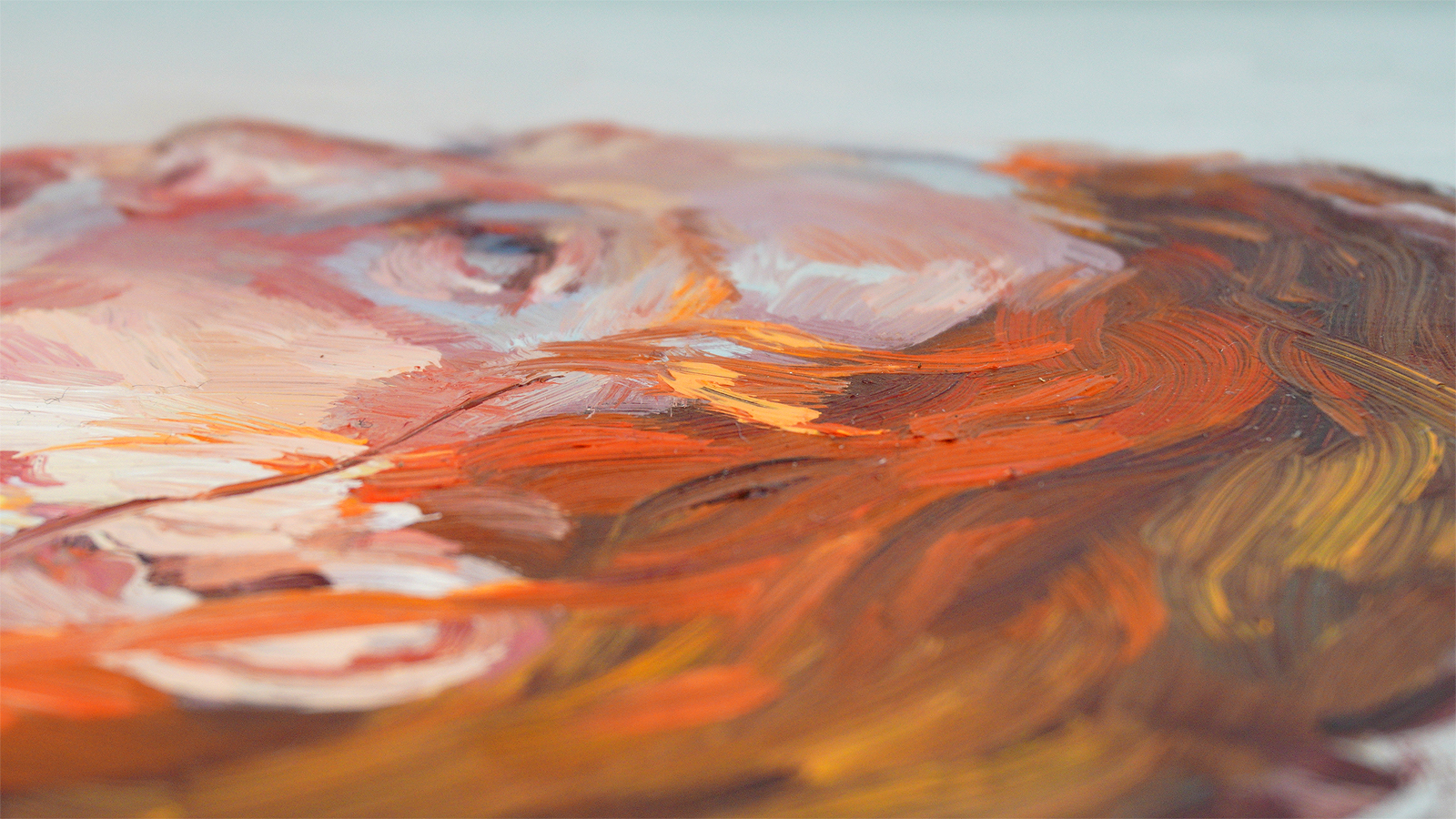
Acrylics have a reputation for having a dead, flat surface quality. The extra mediums and artists' quality paints available shows that this doesn't have to be true, bit it is still challenging for them to compete with oils on this front.
Oil paints naturally have a richer depth of colour, and are good at retaining textured brushstrokes as well. They don't require extra additives to do this and the surface tends to have a pleasant gloss thanks to the oil. The thickness of the paint is more tactile than acrylics as well, making it pleasant to work with.
Acrylics vs oils: which one is best for you?
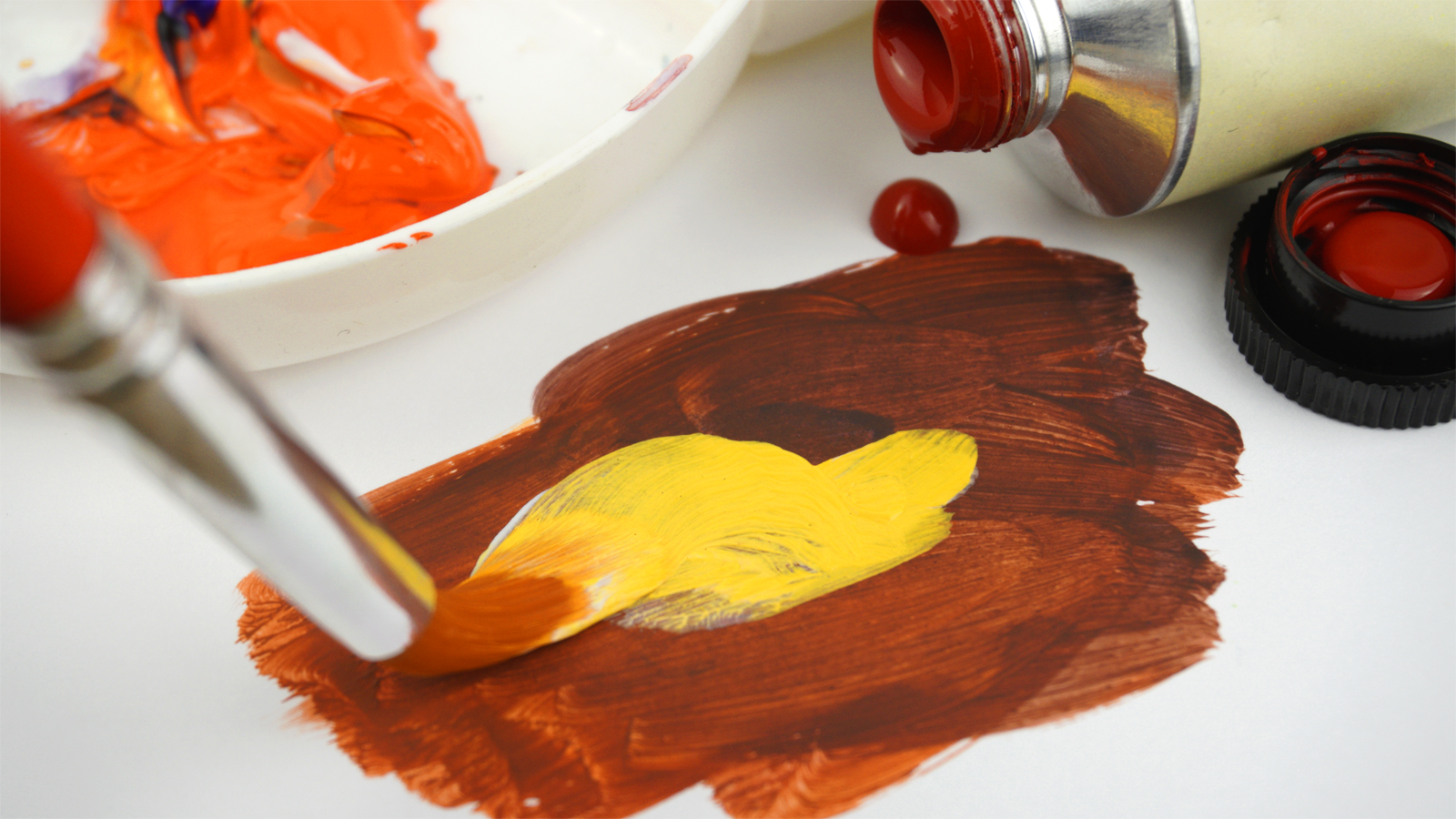
Acrylics may be a better option for anyone looking for the freedom to alter the qualities of the paint, by using mediums or experimenting with the different types of acrylics, and suits layered painting approaches. They are also a good choice for anyone with children and pets around, or poor ventilation. Their simpler set up means they require a little less space than oils, and they are a bit quicker to pack away.
Oil paint tends to have a nicer surface quality than acrylics, and its longevity is well understood. It is also more forgiving than acrylics thanks to its slower drying time, so it can be a bit easier to paint with oils once you are familiar with the equipment, and they can be blended easily.
Both oil paint and acrylics are excellent options for artists. When picking between these two types of paint, the key thing to keep in mind is whether they suit your working process, and how they would fit into your studio set up.
Read more:

Thank you for reading 5 articles this month* Join now for unlimited access
Enjoy your first month for just £1 / $1 / €1
*Read 5 free articles per month without a subscription

Join now for unlimited access
Try first month for just £1 / $1 / €1
Get the Creative Bloq Newsletter
Daily design news, reviews, how-tos and more, as picked by the editors.

Lancelot Richardson is an artist, painter, and freelance illustrator based in Brighton, UK. He tutors life drawing at independent art school Draw Brighton, and teaches in their online Patreon courses. He is also a freelance writer, producing articles on art and drawing. He works in both traditional and digital mediums.
